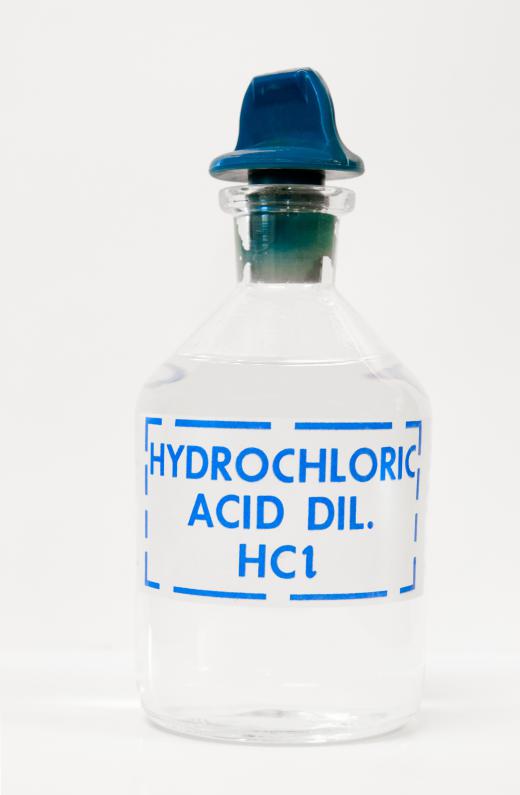What is an Ion?
 Michael Anissimov
Michael Anissimov
An ion is an atom or molecule with more or less electrons than usual, giving it a positive or negative electric charge. Because an ion "wants" to become neutral by acquiring or losing additional electrons, it has interesting chemical features. Ions usually come in the form of solutions. There are three types -- anions, which are negatively charged, cations, which are positively charged, and radicals, or radical ions, which are highly reactive due to having a large amount of free electrons.
An ion solution is typically created when certain molecules, such as salt, are dissolved in water. The interactions between the solute and solvent molecules disassociate weakly-bonded molecules, like salt, into two or more ions. When salt is put into water, it breaks into sodium and chloride ions, both of which are essential to human life. If a person is deprived of salt for too long, they will eventually die. Other life-essential ions (called electrolytes) are potassium (K+), calcium (Ca2+), magnesium (Mg2+), hydrogen phosphate (HPO42−), and hydrogen carbonate (HCO3−).

Other ion solutions besides dissolved salts are acids and bases. For instance, hydrochloric acid is formed when hydrogen chloride is dissolved in water. The hydrogen chloride breaks into two ions, H+ and Cl−. The H+ reacts with water to produce H3O+, hydronium ion, while the chlorine remains as a chloride ion. Because the ionization process is complete, hydrochloric acid is called a strong acid. The strength of acids is measured by how many H+ ions they have -- hydrochloric acid many, so it is very acidic. In fact, hydrochloric acid can dissolve through glass and all metals except iridium, though its corrosion speed is slow.
Another category of ion solutions are bases. Instead of being measured by the concentration of hydrogen ions, a base is measured by its concentration of hydroxide ions (OH-). One example of a base is potassium hydroxide, which is the chemical precursor of most soft and liquid soaps. When dissolved in water, potassium hydroxide produces a strong alkali solution. An alkali is a type of base. Potassium hydroxide has a number of interesting chemical properties -- one of them is its hygroscopic (water-attracting) nature, which makes it a powerful desiccant. When it reacts with water, the reaction is exothermic, meaning it generates significant heat.
The last major group of ions are radical ions, or just radicals. Examples of radicals include superoxide (O2-), which the immune system uses to kill invading microorganisms, and nitric oxide, which the body uses as an important signaling molecule. Like acids and bases, radicals are highly reactive and have a number of applications in chemistry. One unfortunate aspect of radicals is that trace amounts in the body tend to break down tissues over time, contributing to aging.
AS FEATURED ON:
AS FEATURED ON:











Discussion Comments
WiseGeek has been very helpful to me and a few other kids in my class for a science project. It contains better information than other websites, and is much easier to find and understand. My friend told me about this website and my project is saved from lower than an A. Thank you!
Post your comments